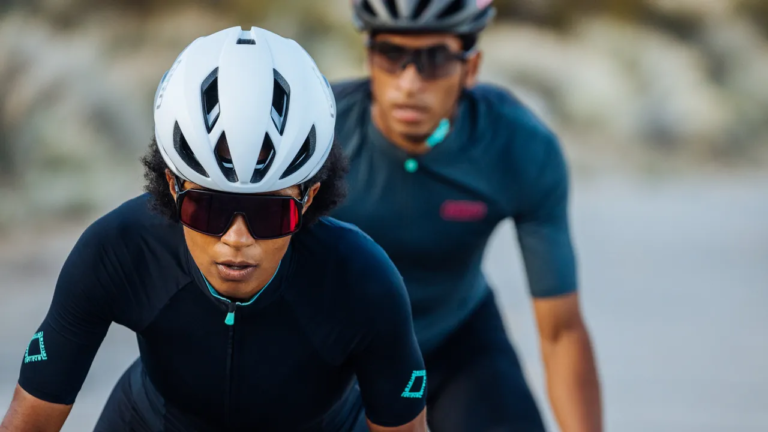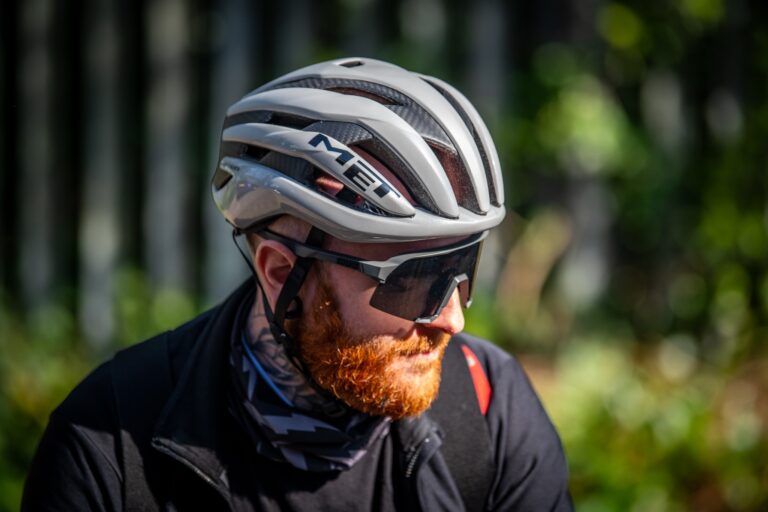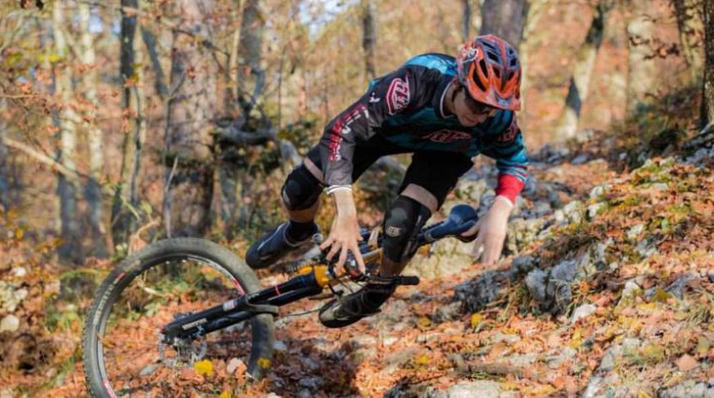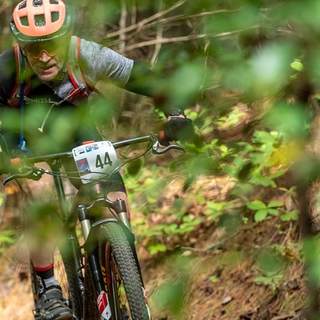Navigating the Terrain: How to Choose a Gravel Bike Helmet for Kids
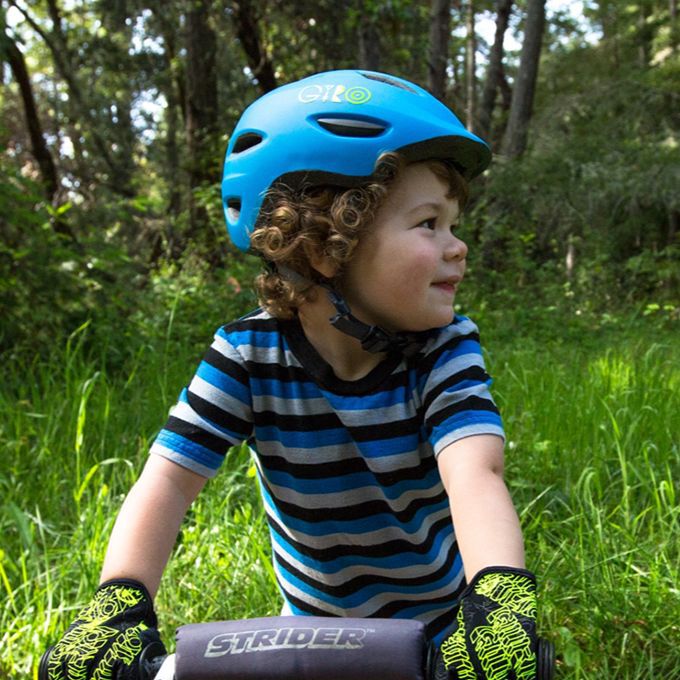
Key Point Summary of How to Choose a Gravel Bike Helmet for Kids:
- Safety First: Look for helmets with certified safety standards.
- Proper Fit: Essential for effective protection.
- Adjustability: Accommodates growing kids.
- Visibility: Bright colors and reflective elements for safety.
Safety as a Priority
The primary function of any cycling helmet is to protect the head in the event of a fall or collision. For kids’ helmets, look for certifications such as CPSC (Consumer Product Safety Commission) for the US or CE EN1078 in Europe. These standards ensure the helmet has passed rigorous safety testing.
Ensuring a Proper Fit
A helmet must fit well to offer maximum protection. It should sit snugly on the head without wobbling or pressing uncomfortably. Most kids’ helmets come with adjustable sizing, usually in the form of a dial at the back, allowing for a custom fit. A correctly fitted helmet should sit level on the head, covering most of the forehead, without tilting back.

The Value of Adjustability
Kids grow quickly, and adjustable features in a helmet can extend its usable life. Look for helmets with a broad size adjustment range, as well as adjustable straps and removable padding. This not only ensures a comfortable fit over time but also offers the best value for parents.
High Visibility
Children aren’t always aware of their surroundings when cycling, making visibility to others crucial. Brightly colored helmets or those with reflective materials can help make young riders more visible to motorists, pedestrians, and other cyclists, especially in low-light conditions.
Ventilation and Comfort
Kids might resist wearing a helmet if it’s not comfortable. Adequate ventilation is essential to prevent overheating, especially during vigorous riding or warm weather. Look for helmets with multiple air vents that allow for airflow while still providing ample protection.
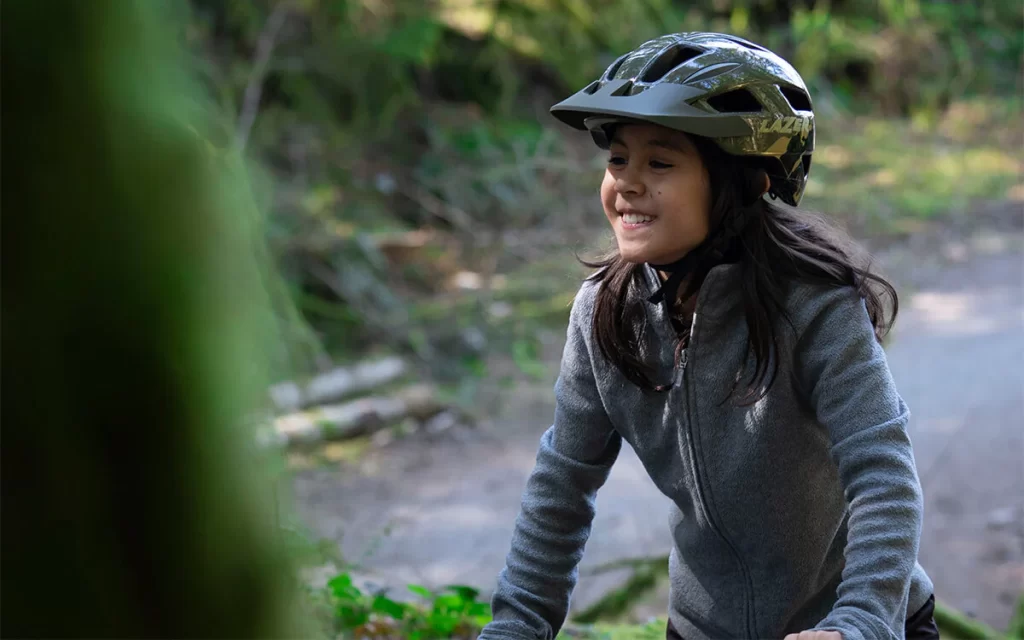
Choosing a Style They’ll Love
Finally, letting your child choose a helmet design they love can make them more inclined to wear it without fuss. Whether it’s a favorite color or a theme, a visually appealing helmet for your child is an invaluable investment in their safety.
Wrapping Up
Equipping your child with the right gravel bike helmet is a critical step in setting them up for enjoyable and safe cycling adventures. By prioritizing safety, ensuring a proper fit, and choosing a helmet with adjustable and visible features, you can provide your young rider with the protection they need on gravel trails. Remember, a helmet that fits well and looks great is a helmet that a child is more likely to wear every ride, making every cycling adventure a safer one.
For kids eager to explore gravel terrains, the best helmet is one that offers robust protection, comfort, and a bit of style to keep them excited about their adventures. One highly recommended option that fits these criteria is the Giro Tremor MIPS Youth Bike Helmet.
The Giro Tremor MIPS incorporates several features making it ideal for young riders on gravel:
- MIPS Technology: Offers an added layer of protection against rotational forces in case of an angled impact.
- Roc Loc Sport Fit System: Ensures a snug and adjustable fit, accommodating growing children and providing lasting comfort.
- Ventilation: With 18 vents, it’s designed to keep the head cool during warm rides, which is crucial for maintaining comfort on longer gravel adventures.
- Full Coverage Shell: Offers extended coverage at the rear and sides of the helmet, providing enhanced protection on the varied and unpredictable surfaces characteristic of gravel riding.
- Visibility: Comes in various bright colors and designs to increase visibility and appeal to kids’ preferences, encouraging them to wear the helmet consistently.
Choosing a helmet like the Giro Tremor MIPS gives young riders the protection they need while ensuring the helmet remains comfortable and cool for their gravel explorations.
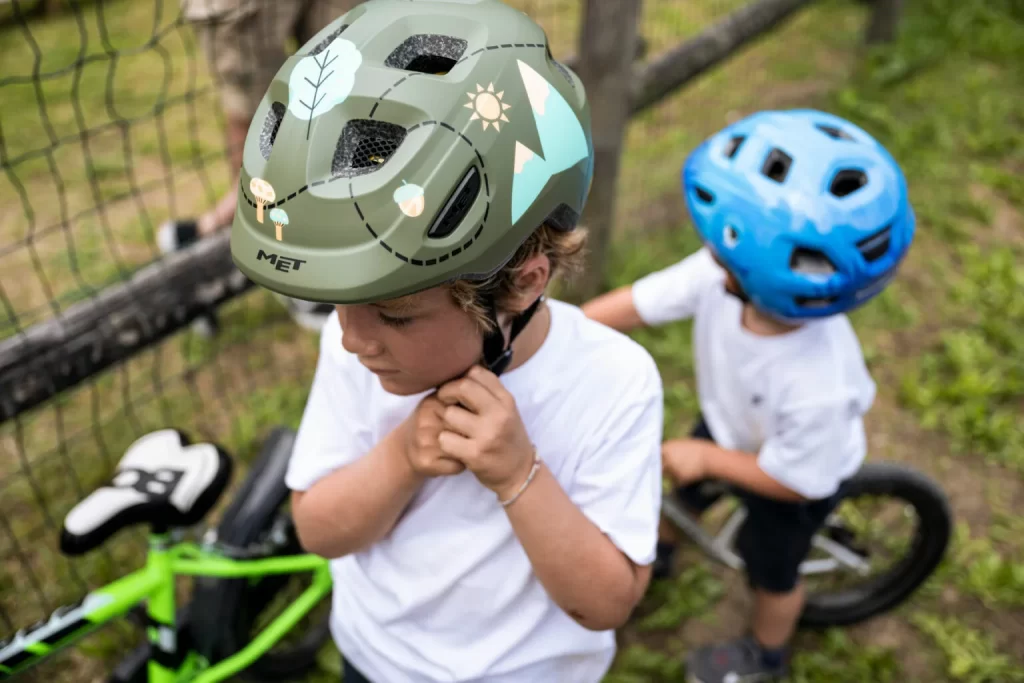
FAQ
How do you choose a bike helmet for a child?
To choose a bike helmet for a child, focus on safety standards (look for CPSC, CE EN1078 certifications), ensure a proper fit (the helmet should sit snugly on the head without wobbling), prioritize comfort and ventilation (to encourage them to wear it), and select a helmet with adjustable sizing to accommodate growth. Also, involve your child in the selection process to ensure they like the style and are more likely to wear it.
How do I know what size helmet to buy my child?
To know what size helmet to buy your child, measure the circumference of their head just above the eyebrows using a flexible tape measure. Then, match this measurement to the helmet manufacturer’s size chart. Always try the helmet on for fit, if possible, adjusting the straps and sizing mechanism to ensure a snug, comfortable fit.
